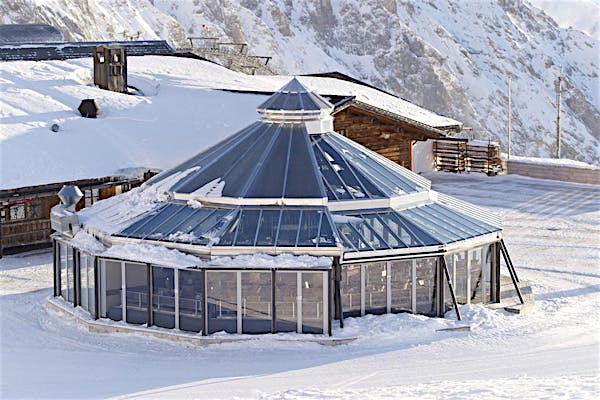
On July 1, 2014, the 2013 California Building Energy Efficiency Standards (Title 24, Part 6) went into effect.
Here is the Title 24 Breakdown
The California Code of Regulations (CCR) contains the rules and regulations of various state regulatory agencies for California, divided into 28 titles. Title 24, Part 6 is the California Energy Code, also titled 2013 Building Energy Efficiency Standards for Residential and Nonresidential Buildings.
The new Title 24 standards will lead to 25% less energy consumption for residential buildings and 30% savings for nonresidential buildings over 2008 Energy Standards.
As part of the long term energy efficiency strategic plan, California has established two zero net energy goals:
By 2020: All California new residential construction zero net energy
By 2030: All California new commercial construction zero net energy
What is “Zero Net Energy?”
The Zero Net Energy (ZNE) goal means new buildings must use a combination of improved efficiency and distributed renewable energy generation to meet 100% of their annual energy need.

2 Methods of Compliance:
A Title 24 Energy Report is needed to confirm that the project meets the Title 24 energy standards in order to get a building permit. Projects can comply via one of these two methods: Prescriptive or Performance.
1) Prescriptive:
Under the Prescriptive method, each component must meet a prescribed energy specific requirement. Although this method is the simplest approach, it is also the least flexible. This approached also limits the number of windows and doors allowed in most climate zones and limits the amount of west-facing glass allowed.
The thermal performance required of all fenestration manufacturers has increased. For residential projects, the maximum allowable prescriptive U-Factor is 0.30 (down from 0.32 in the previous version) and the SHGC is 0.23 (down from 0.25). UPDATED
U-Factor measures how well a product prevents heat from escaping from a home or building.
SHGC (Solar Heat Gain Coefficient) measures how much heat from the sun is blocked.

2) Performance:
Under the Performance method, the building is measured by overall energy output using state-approved software that is compared to a baseline building modeled with components that comply with the prescriptive requirements. The performance software calculates the minimum level of energy efficiency necessary for compliance. This method offers the most flexibility to the architect allowing for energy trade-offs and does not limit the number of allowable windows and doors.
For helpful quick reference fact sheets about Title 24, Part 6, please go to: Resources Fact Sheets

NanaWall Systems is Committed to Energy Efficiency and Sustainable Design:
With a product line consisting of over 20 opening glass wall systems and numerous glazing options, NanaWall products are able to assist in meeting your project’s necessary requirements. NanaWall products are NFRC rated and certified for true energy efficiency in all climates. Our opening glass walls can have a U-Factor as low as 0.17 and a SHGC of 0.21. Please see Glass Walls
Click Here for NanaWall Title 24 Quick Reference
Furthermore, NanaWall uses certified testing standards (AAMA) for air, water, structural and forced entry. NanaWall supports sustainable/green design through using wood from sustainable forestry practices, water-based and powder coated paints that are completely recycled during the manufacturing process, and all packaging is completely recyclable.
To Learn More on How to Comply with Title 24, Watch this Presentation for California Architects and Designers:
Contact us with your questions. We are here to help.








